On the afternoon of August 9, at the headquarters of the Ministry of Planning and Investment , the National Innovation Center (NIC) coordinated with Cadence Corporation, FPT Corporation and Tresemi, USA to organize the closing ceremony of the 3-month course "Basic VLSI Microcircuit Physical Design".
The program "Basic VLSI Circuit Physical Design" is the first in-depth circuit design training course in Vietnam with the participation of the State - School - Enterprise with the aim of developing human resources for the semiconductor industry.
The course focuses on the processes and physical design principles for very large scale integrated circuits (VLSI), including optimization skills for timing, area, power consumption, reliability, and manufacturability of semiconductor circuits. Students will also gain in-depth practical knowledge of the use of industry-standard EDA tools for IC physical design and analysis.
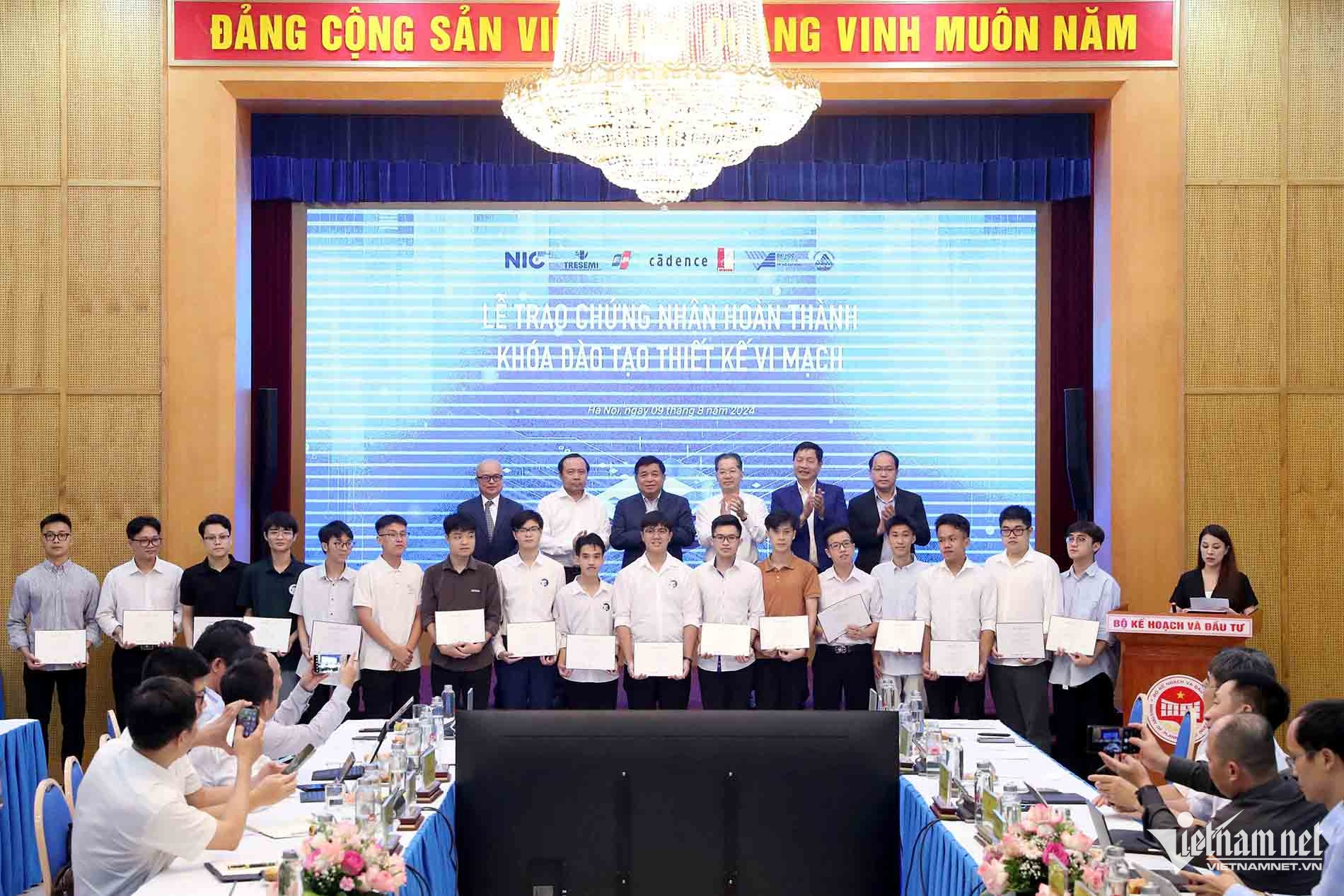
The program has selected more than 70 excellent students from major universities across the country to receive training scholarships. Participants of this course are mainly final year students from technical universities across the country.
According to experts, after graduation, nearly 20 students were accepted to work at large corporations and enterprises in microchip design such as Marvell, Synopsys, FPT , Faraday, Samsung, etc. Many students also received scholarship programs to continue their postgraduate training abroad.
According to information from the National Innovation Center, the combined training model between 3 parties: State - School - Enterprise can train about 540 microchip design engineers each year.
If this model is replicated in 10 training facilities and localities, Vietnam can train more than 5,000 qualified IC design engineers each year. By 2030, Vietnam will train at least 25,000 IC design engineers. This approach makes the goal of training 15,000 IC design engineers out of a total of 50,000 semiconductor engineers by 2030 completely feasible.
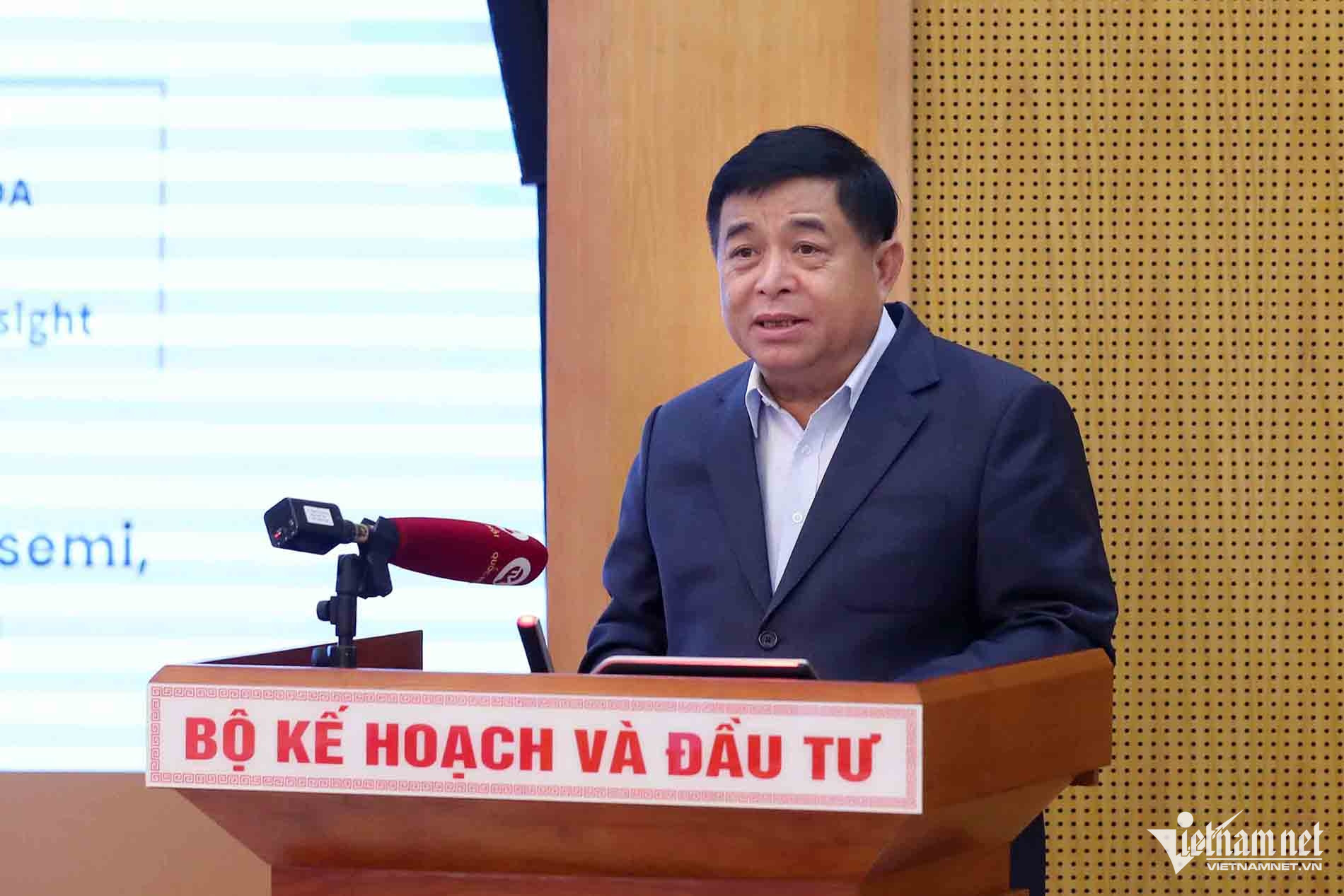
According to Minister of Planning and Investment Nguyen Chi Dung, the establishment of microchip design training programs is an important step in the journey of Vietnamese people gradually mastering technology in the semiconductor industry.
“ This is an important solution to promote the breakthrough in the value of Vietnamese people in the Socio -Economic Development Strategy for the period 2021-2030. The cooperation between the Government - Institutes, Schools - Enterprises is the lever for unprecedented development and innovation in the technology sector of Vietnam ”, the Minister of Planning and Investment commented.
Sharing about the potential of Vietnam's semiconductor human resources, FPT Chairman Truong Gia Binh said that semiconductor graduates have many opportunities for output and employment.
According to FPT Chairman, there are currently many Vietnamese in the US who are “heroes” in the chip industry. They have gathered together to discuss and build startups. Large enterprises in Vietnam will turn the ideas of those startups into reality.
“ We need many people to join hands to make chips. All of you here today have a very great mission, being the first to enter the semiconductor industry. Hopefully, together we will carry out the mission of developing the Vietnamese semiconductor industry ,” Mr. Truong Gia Binh shared.
At the ceremony, representatives of participating businesses and schools proposed that the Government should soon approve the project to develop semiconductor human resources so that Vietnam does not miss the "once in a thousand years" opportunity to participate in this particularly important industry.

Source: https://vietnamnet.vn/sinh-vien-thiet-ke-chip-viet-duoc-nhieu-tap-doan-cong-nghe-san-don-2310330.html



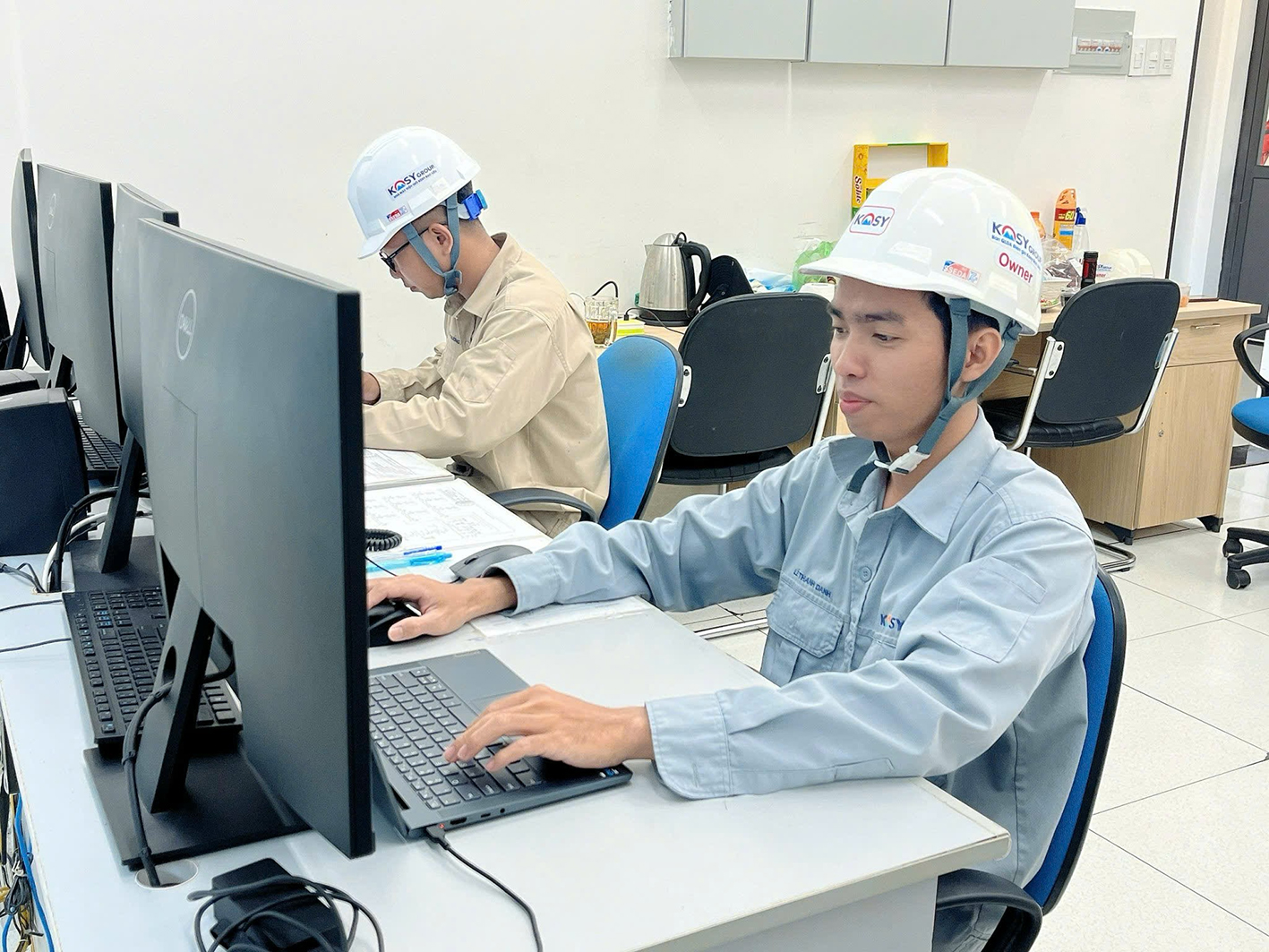




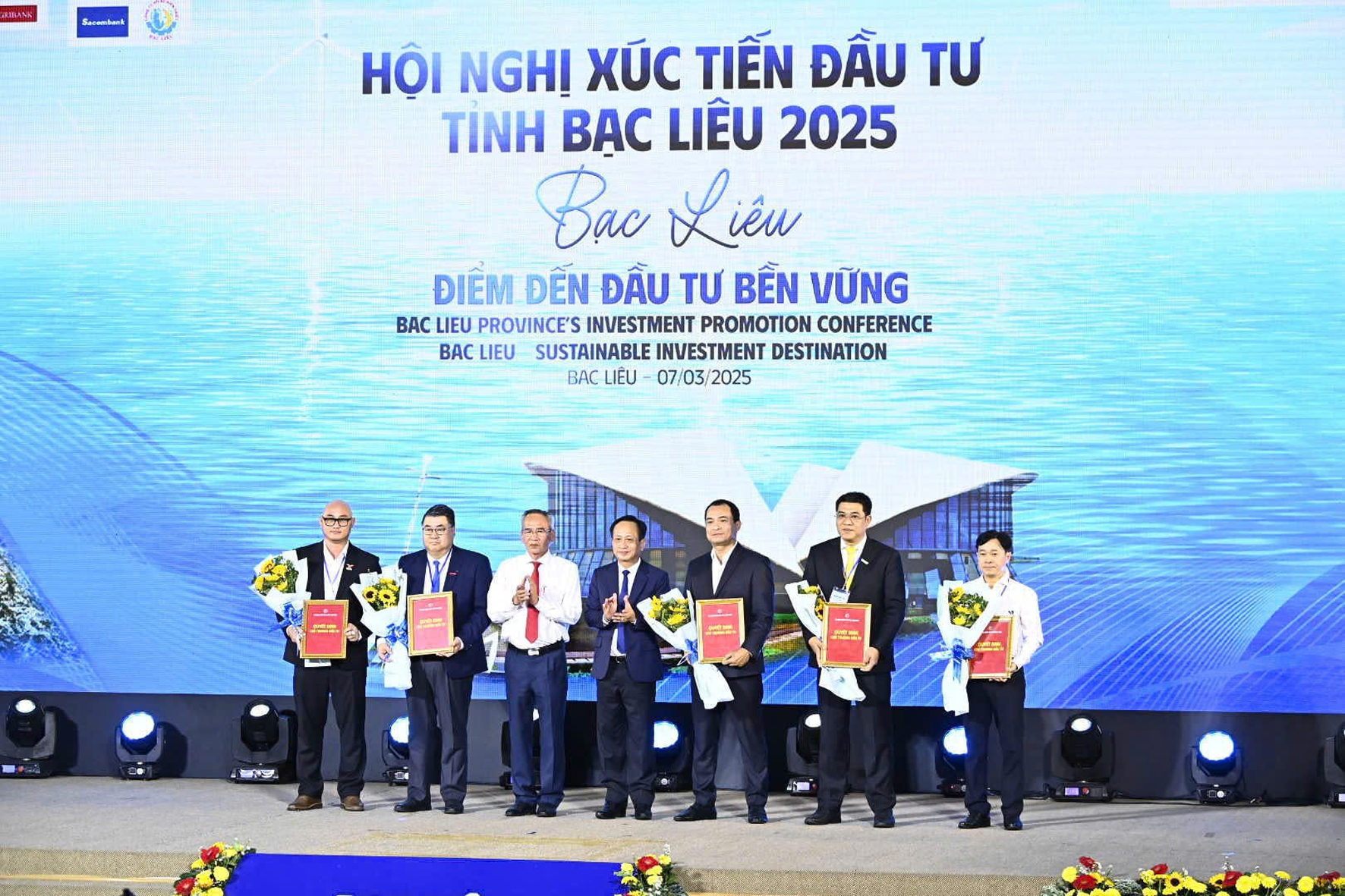
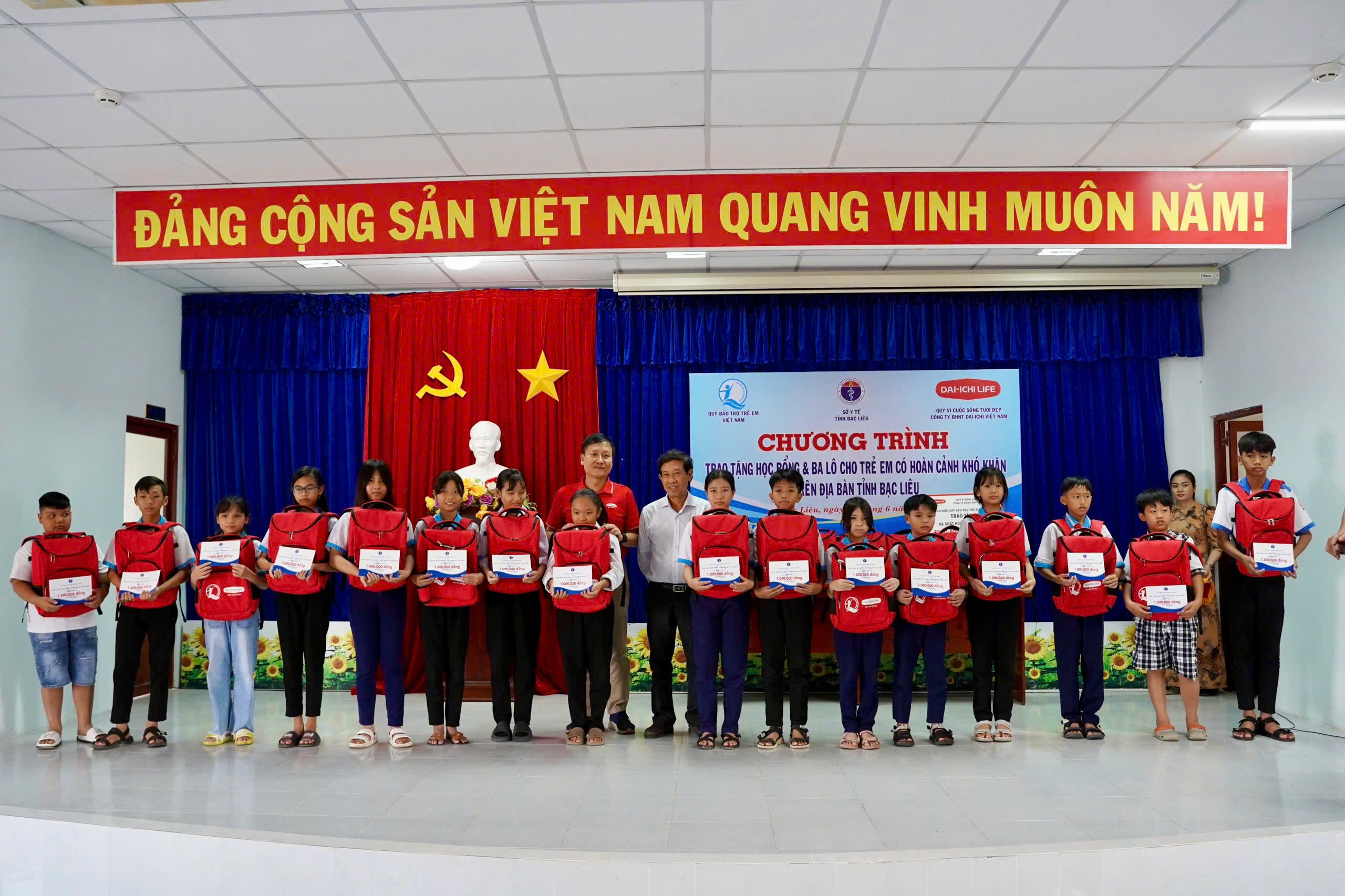

















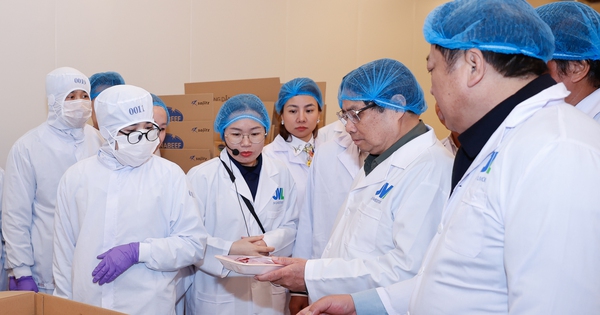

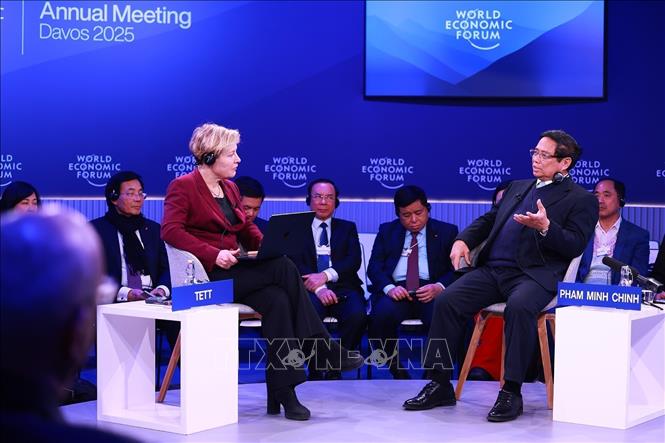


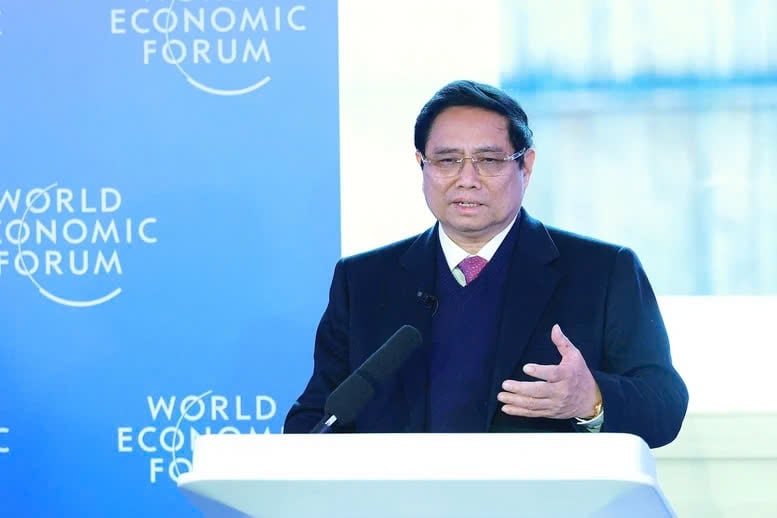
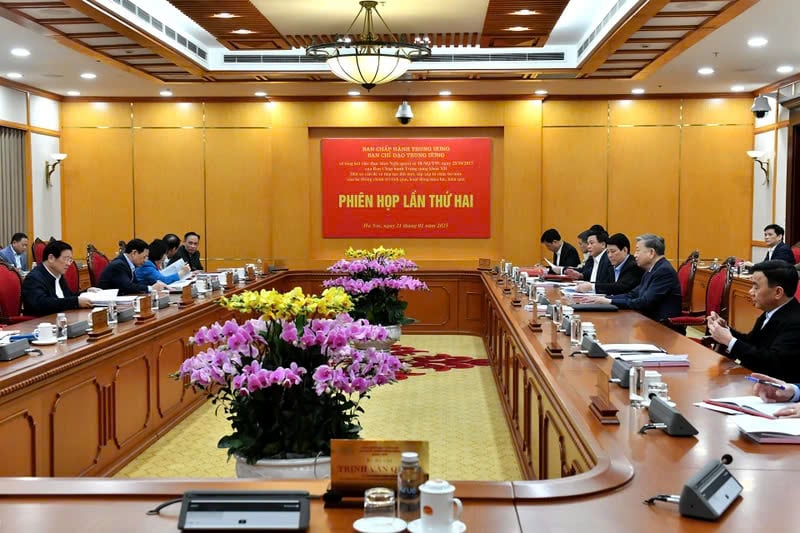





Comment (0)